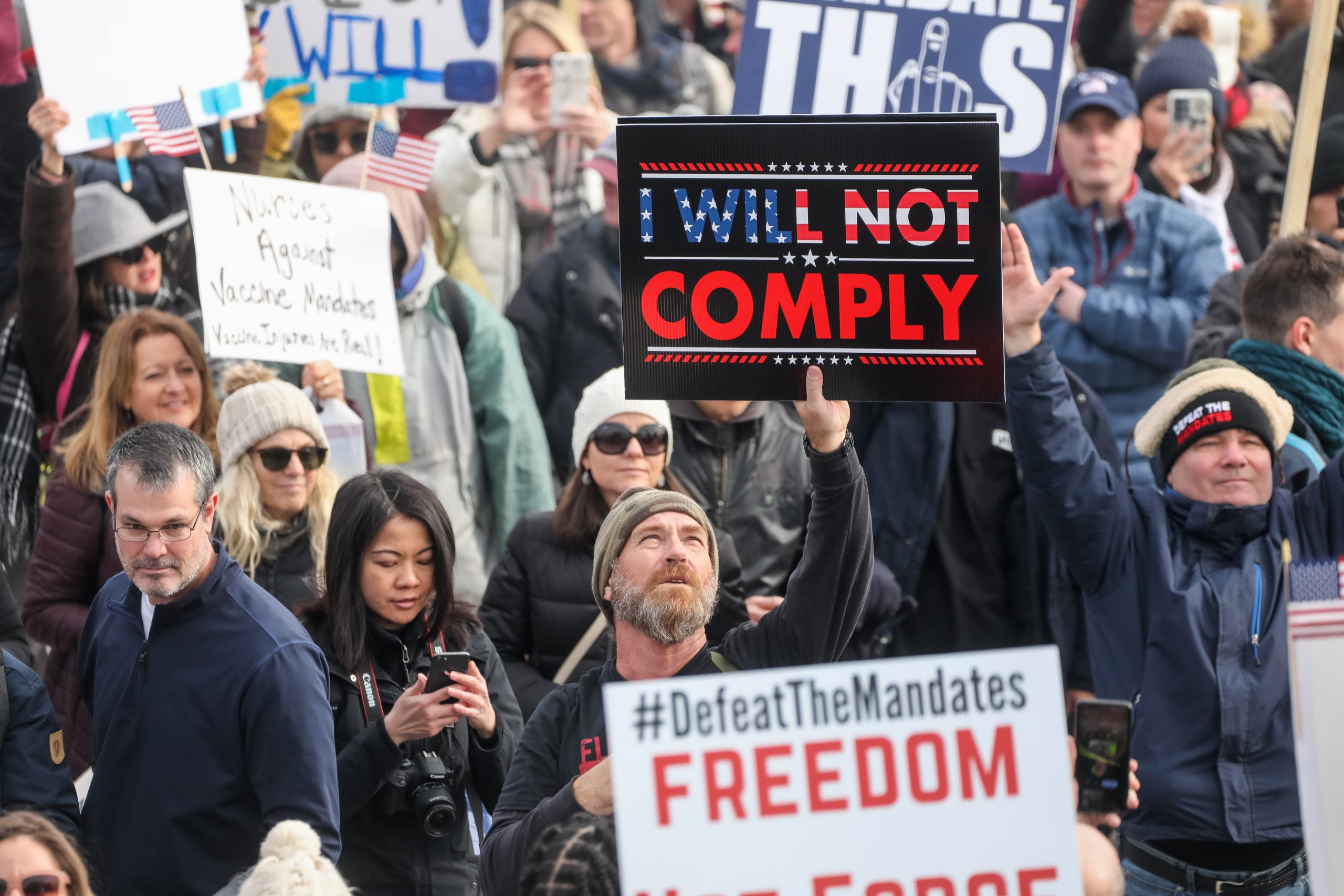
What is the actual point in caring about how sexy a piece of chocolate candy is? Is it necessary for a potato to be gendered?
How many people even know what critical race theory is? In the minds of many Americans, especially on the right, these are very pressing matters. Because of this, people spend airtime on outrage towards the vaguest idea of social progress.
The truth is that much of these talking points and discussions are there to fuel a manufactured hysteria.
Moral panics are nothing new. We have seen panics come and go for pretty much every generation of political discourse, from the Satanic Panic of the 1980s to more recent examples like the effects of video game violence.
However, their irrationality binds them, which one could argue is by design.
The growing division in the United States can make combating these narratives even more complicated.
While most Americans share the same conditions regarding work and their relationship to power and capital, there is much cultural division amongst us, which politicians and pundits use to their advantage.
When scammers send out “Nigerian Prince” emails, they aren’t looking for critical people. They want the most suggestible person they can find. This fact is why people write emails in such a self-evidently deceitful way.
This method of weeding out an audience by bombarding them with nonsense is very similar to how the right galvanizes its base into directing their rage towards people and ideas they view as harmful to the wellbeing of society.
When people direct their anger at these subjects, whether people are mad at Carhartt for mandating vaccines for employees or Lil Nas X for…existing, these people and entities are seen as symbolic of changes that make society uncomfortable.
There is no legitimate reason to be upset at these things as they are, at worst, corporate attempts and pinkwashing, and at best, just a person.
However, the danger of moral panics like this is that they have very real consequences for the targets of rage, even when they may not be directly involved in the perceived harm of the panic.
Even during actual harm coming from specific individuals of a community, culture war narratives for foreign invaders become overblown and have historically led to brutal violence.
Americans can see this in the spike in anti-Muslim hate crimes that happened in the wake of the 9/11 attacks and the recent rise in anti-Asian hate crimes following an overabundance of news stories covering China’s COVID-19 pandemic response.
It is no coincidence that many moral panic and culture war issues that deal with oppressed minorities are used as a go-ahead to inflict harm onto these communities.
People can see this idea in the way that many schools in the southern US have seen book bannings and burnings for books that contain LGBTQ+ and race issues.
When considering narratives that aim to attack a group, person or some nebulous idea, it is crucial to understand who the message is being propagated by and the consequences of taking action against those things.
There are authentic and toxic aspects of our culture and society that both of the United States’ political parties contribute to significantly.
When observing moral panics in our media, we must be critical of the perceived effects (if there are any), and even when something may be genuinely harmful, it is vital to investigate the root of those problems rather than a symptom.
